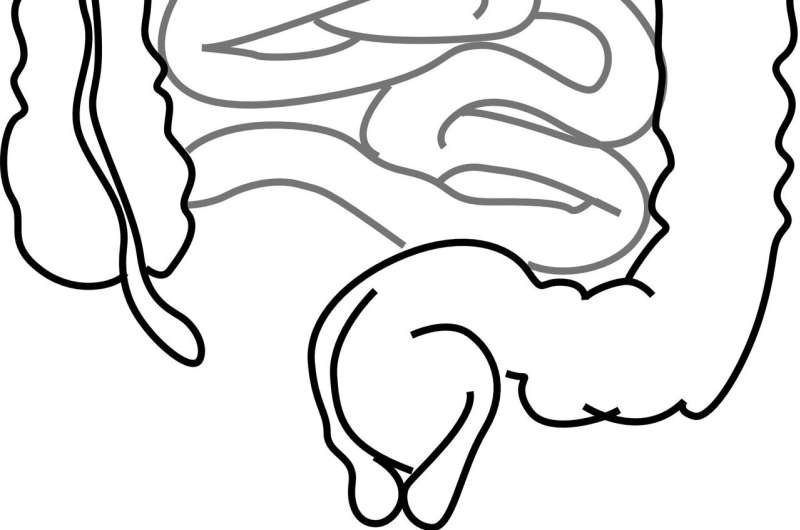Four keys to healthy aging

The "secrets" to healthy aging are anything but secret. They're the conventional medical recommendations most people will hear from their doctor at a typical checkup: exercise, eat a healthy diet and keep up-to-date with your doctors' visits and vaccinations.
26 sep 2021--Each year, more evidence emerges to help us determine what that healthy diet should look like and how much exercise is enough to age better and live longer.
"You need to do more exercise than you think," says Dr. Jorge Camilo Mora, director of geriatric medical education at the Herbert Wertheim College of Medicine.
Thirty minutes of exercise five days a week has traditionally been the recommendation for adults. But Mora said many people don't realize their daily walks are probably not enough.
"Exercise has to be more intense than a walk," he said. "Ideally, it would combine flexibility, strength, and balance."
A moderate-intensity, brisk 30-minute walk five days a week, plus a muscle-strengthening workout twice a week meets the Centers for Disease Control's recommendations, for example.
For diet, Mora recommends moving toward more plant-based meals. That is, getting more of your daily nutrition from fruits and vegetables and less of it from meat.
Adopting a plant-based diet is associated with a reduced risk of type 2 diabetes, cancer, heart disease and Alzheimer's disease, according to a 2020 article published in the Journal of the American College of Nutrition.
Mora notes that people who live in "Blue Zones," the parts of the world where people live longest, tend to eat diets rich in plant-based foods. These people have a much higher-than-average number of centenarians—people who live to 100 years or more. Why not borrow a bit of their wisdom and incorporate more vegetarian meals into your diet?
As we observe Healthy Aging Month this September, here are Mora's tips:
- Exercise! At least 150 minutes per week of moderate-intensity activity. Try to find activities that will also work on your strength and flexibility.
- Eat more plant-based foods rich in antioxidants and vitamins.
- Get your COVID-19 booster shot around 6 months after your completed dose. Not only are older adults more susceptible to the novel coronavirus, but their immune response to the vaccine is less than in younger people.
- Get social! Social isolation is a risk factor similar to smoking in older adults. Mora's advice? Join a group exercise class—You'll meet your exercise goals AND keep up your social life.






